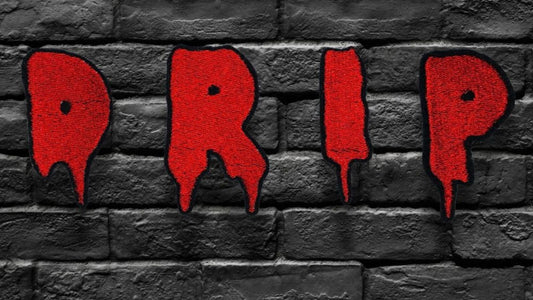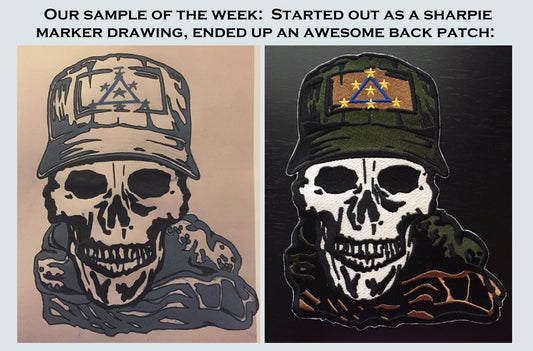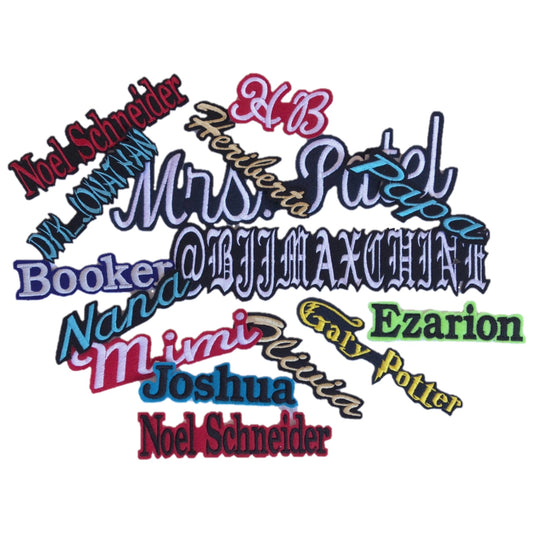News

Extra Large Patches- Mix of Vintage Energy and ...
The Statement Patch: Wear Your Energy, Not Just Your Name There’s something magnetic about a big, bold patch on the back of a jacket. It says I’m here, without you...
Extra Large Patches- Mix of Vintage Energy and ...
The Statement Patch: Wear Your Energy, Not Just Your Name There’s something magnetic about a big, bold patch on the back of a jacket. It says I’m here, without you...

The Ultimate Goth Essential for Customizing You...
Goth Letters: The Ultimate Way to Personalize an Alt Aesthetic When it comes to alt fashion or gothic style, the smallest details make the biggest statement. One of the easiest...
The Ultimate Goth Essential for Customizing You...
Goth Letters: The Ultimate Way to Personalize an Alt Aesthetic When it comes to alt fashion or gothic style, the smallest details make the biggest statement. One of the easiest...

How a drawing becomes a patch!
Funny, I feel like I'm writing for one of those kid science shows that illustrates how one thing becomes something else. Well, We will definitely have a full video that...
How a drawing becomes a patch!
Funny, I feel like I'm writing for one of those kid science shows that illustrates how one thing becomes something else. Well, We will definitely have a full video that...

8 Tips For Customers When Ordering Custom Embro...
Custom items aren't the easiest to order. The process requires a lot of patience from both parties, the customer and the embroiderer. Sometimes you, as the customer, have something in...
8 Tips For Customers When Ordering Custom Embro...
Custom items aren't the easiest to order. The process requires a lot of patience from both parties, the customer and the embroiderer. Sometimes you, as the customer, have something in...

Iron On Patches vs Sew On Patches
We witness a lot of indecisiveness when it comes to iron on patches and sew on patches. We are here to tell you, there isn't much of a difference. However, we want...
Iron On Patches vs Sew On Patches
We witness a lot of indecisiveness when it comes to iron on patches and sew on patches. We are here to tell you, there isn't much of a difference. However, we want...